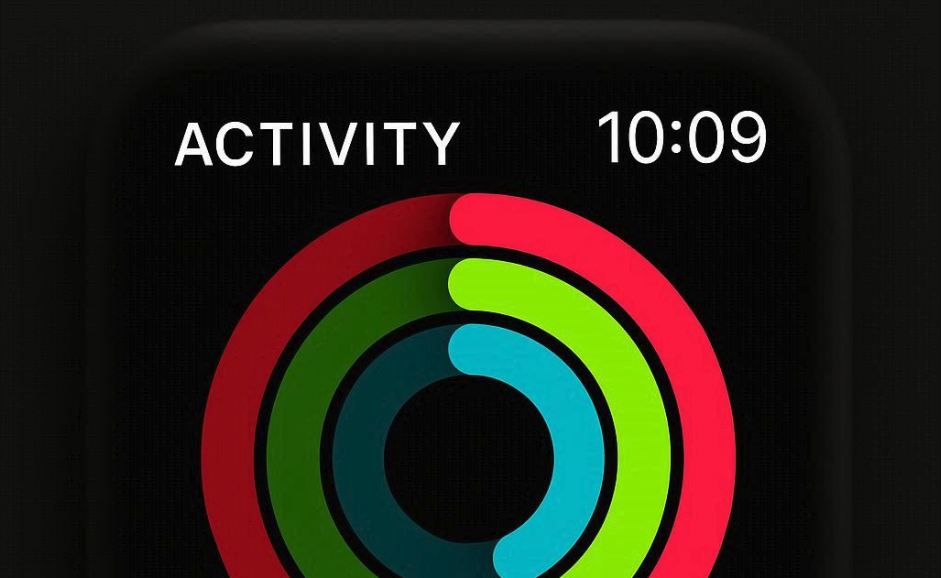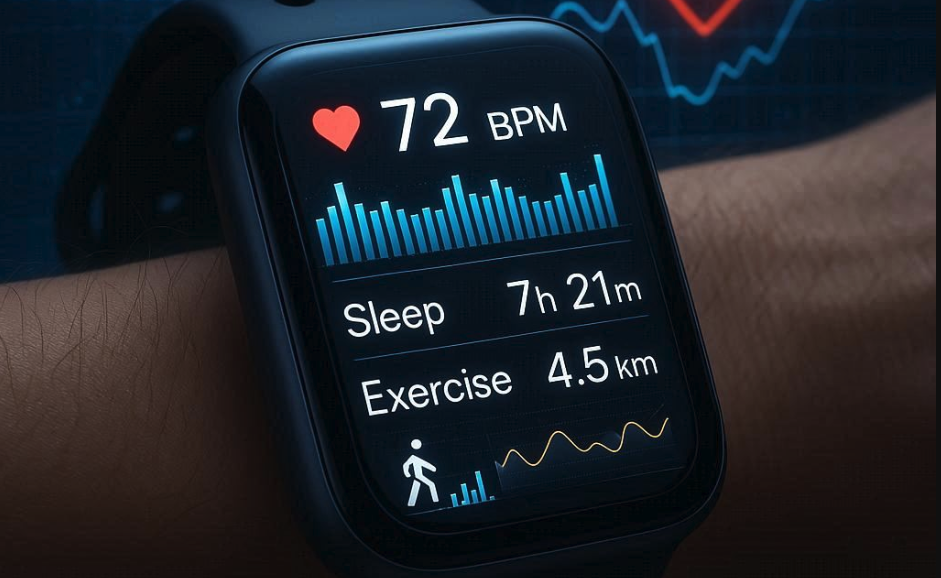Wearables: Personalized Health | 매거진에 참여하세요
Wearables: Personalized Health
#watch #smart #wearble #ux #design #visual #graphic #alarm
Wearables: From Simple Tracking to Personalized Health Partners
Smartwatches and wearables are no longer just step counters.
Today, they’ve evolved into personalized health companions and devices that sit on your wrist all day, tracking your body and guiding your lifestyle.
Heart rate, blood oxygen levels, and sleep patterns are now just the basics.
Modern wearables recommend workout routines, suggest dietary adjustments, and even support stress management.
In short, they’re becoming the health hub of daily life.
A Growing Market, Smarter Devices
The numbers speak for themselves.
From fewer than 100 million units in 2020, global smartwatch adoption is expected to surpass 740 million units by 2029.
Year | Number Of Smartwatch Worldwide |
|---|---|
2029* | 740.53 million |
2028* | 721.59 million |
2027* | 690.41 million |
2026* | 640.15 million |
2025* | 562.86 million |
2024 | 454.69 million |
2023 | 323.99 million |
2022 | 212.84 million |
2021 | 140.92 million |
2020 | 97.63 million |
(Source: DemandSage)
- Garmin Fenix 8 Pro delivers precise workout analytics.
- Apple Watch offers tailored reminders based on activity patterns.
- Samsung Health integrates sleep and stress management features.
Together, these advancements mark the rise of the “wrist-based health clinic.”
What Does This Mean for Designers?
Designers are not just presenting data on small screens anymore.
They are responsible for making complex health information simple, actionable, and motivating.
Here are five UX/UI design principles shaping the future of wearables:
1. Delivering Big Insights on Small Screens
With limited space, visual hierarchy is everything.
Icons & color cues make heart rate, sleep score, and activity levels instantly clear.
Graphs & rings—like Apple’s Activity Rings—help users grasp daily progress at a glance.
The golden rule: show the most important data first, then layer in details step by step.

2. Motion & Gesture-Based Interactions
Touch input isn’t enough, especially during workouts.
New wearables increasingly rely on gestures like wrist raises, swipes, and pressure detection.
UX priority: Enable quick checks without interrupting the flow of exercise.
Design tip: Add feedback through vibration or subtle animations so gestures feel intuitive.
3. Smarter Health Data Visualization
Raw numbers don’t motivate. Insights do.
- Sleep → time-based charts
- Stress → dynamic color changes
- Heart rate & activity → animated visuals
The challenge for designers is balancing data accuracy with visual simplicity, giving users the “why” behind the numbers.

4. Personalized Nudges That Drive Action
Health data matters only when it leads to behavior change.
Too sedentary? → A gentle vibration to move.
Poor sleep? → A reminder to meditate.
Goal achieved? → A celebratory message.
But caution: too many notifications backfire. Motivation comes from relevance and balance.
5. Designing for Emotion, Not Just Function
Wearables aren’t only tools; they’re fashion statements.
- Custom watch faces & themes
- Playful animations for progress
- Tactile vibrations that create emotional resonance
Great UX balances functionality and feeling, reflecting both the brand’s identity and the user’s lifestyle.
The Future: A Health Clinic on Your Wrist
Wearables are shifting from passive trackers to active health partners.
For designers, this means mastering small-screen usability, gesture-driven interactions, data storytelling, behavioral nudges,
and emotional design.
Soon, our wrists won’t just tell the time.
They’ll provide real-time health insights, motivation, and even joy, all powered by thoughtful UX/UI design.






